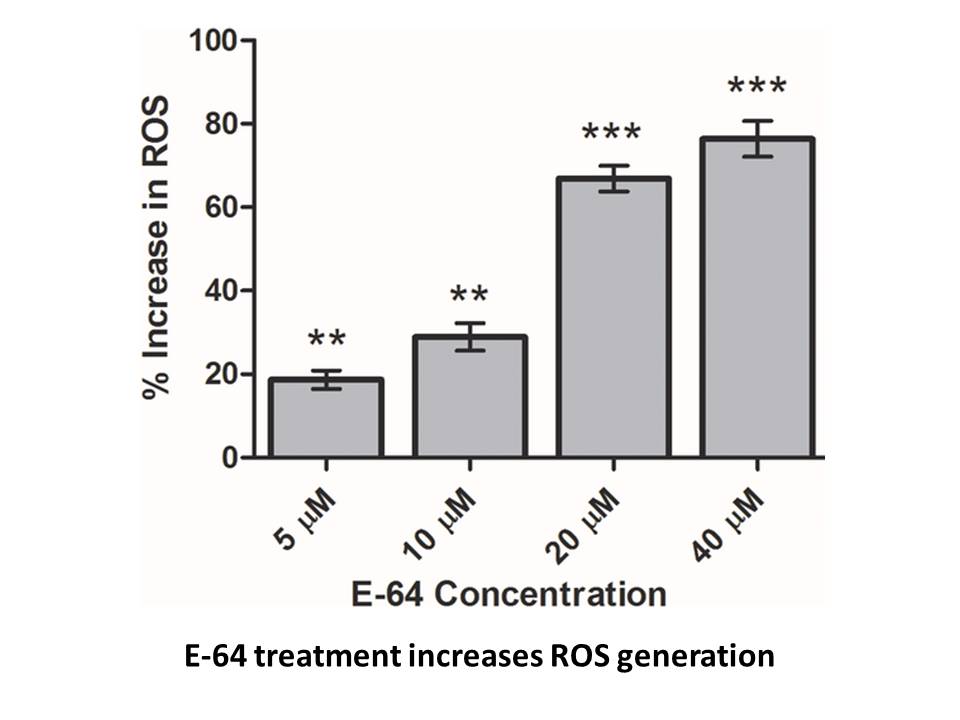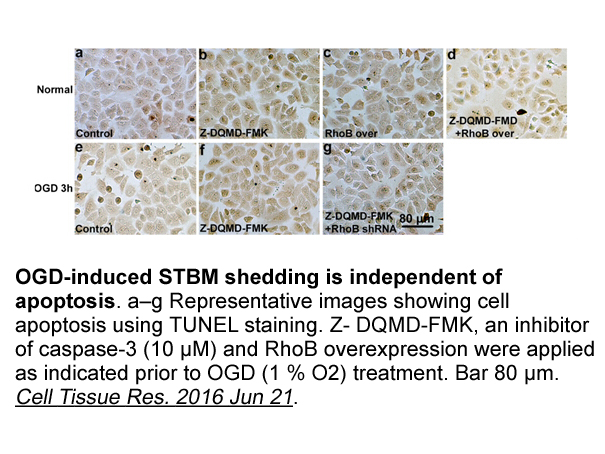Archives
- 2025-12
- 2025-11
- 2025-10
- 2025-09
- 2025-04
- 2025-03
- 2025-02
- 2025-01
- 2024-12
- 2024-11
- 2024-10
- 2024-09
- 2024-08
- 2024-07
- 2024-06
- 2024-05
- 2024-04
- 2024-03
- 2024-02
- 2024-01
- 2023-12
- 2023-11
- 2023-10
- 2023-09
- 2023-08
- 2023-06
- 2023-05
- 2023-04
- 2023-03
- 2023-02
- 2023-01
- 2022-12
- 2022-11
- 2022-10
- 2022-09
- 2022-08
- 2022-07
- 2022-06
- 2022-05
- 2022-04
- 2022-03
- 2022-02
- 2022-01
- 2021-12
- 2021-11
- 2021-10
- 2021-09
- 2021-08
- 2021-07
- 2021-06
- 2021-05
- 2021-04
- 2021-03
- 2021-02
- 2021-01
- 2020-12
- 2020-11
- 2020-10
- 2020-09
- 2020-08
- 2020-07
- 2020-06
- 2020-05
- 2020-04
- 2020-03
- 2020-02
- 2020-01
- 2019-12
- 2019-11
- 2019-10
- 2019-09
- 2019-08
- 2019-07
- 2018-07
-
br DDR in atherosclerosis and vascular disease
2019-12-10

DDR1 in atherosclerosis and vascular disease The Canadian group of Bendeck, explored the role of DDR1 in repair following arterial injury in rats [30]. DDR1 protein levels, assessed via Western blots prepared from arterial extracts taken at various times after injury, showed DDR1 protein dramatic
-
Many authors have described the existence of correlation bet
2019-12-10

Many authors have described the existence of correlation between viability and moisture content and therefore, water availability. Sabuquillo et al. (2010) demonstrated that only Penicillium oxalicum conidial formulations whose initial moisture contents ranged between 5 and 14% retained their viabil
-
Although in vitro and in vivo immunosuppressive effects
2019-12-10

Although, in vitro and in vivo immunosuppressive effects of female steroids have been described in fish (Yamaguchi et al., 2001, Law et al., 2001), their mode of action was not evaluated in detail. Consequently, it is of considerable interest to investigate the intracellular pathways that regulate t
-
Astrocytes play a key role
2019-12-10

Astrocytes play a key role in the brain, as these cells are involved in fluid, ion, pH, and neurotransmitter homeostasis, synapse function, energy and metabolism and blood-brain barrier (BBB) maintenance (Sofroniew and Vinters, 2010). PA is able to activate different damaging responses in astrocytes
-
Then the mechanisms responsible for BPA induced
2019-12-10

Then the mechanisms responsible for BPA induced up regulation of ERRγ were further investigated. Recent studies indicated that Akt and MPAK can modulate the protein levels and transcriptional activities of ERRγ (Heckler et al., 2014, Sun et al., 2014). Previous studies also indicated that BPA can ac
-
Disuflo Cy5 azide Since ET was discovered first and showed a
2019-12-10

Since ET-1 was discovered first and showed a wide variety of actions not only on the cardiovascular system but also on various other tissues, much information has accumulated on ET-1 compared with the two other peptides. The method for measurement of ET-1 levels in plasma or various tissues by means
-
Glycolysis is important to maintain the vital
2019-12-10

Glycolysis is important to maintain the vital functions of T. gondi. Extracellular T. gondii shift its NP118809 metabolism towards glycolysis, based on the observation that a relocation of glycolytic enzymes from the cytosol to the pellicle occurs at the time when tachyzoites egress from host cells.
-
The importance of EBI for B cell function was first
2019-12-10

The importance of EBI2 for B cell function was first suggested by the dramatic upregulation of this receptor in EBV-transformed SR1078 and further inferred from its regulation in activated and GC B cells (Birkenbach et al., 1993, Glynne et al., 2000, Shaffer et al., 2000). An involvement of EBI2 in
-
Bialaphos sodium salt br Discussion The regulation of intrac
2019-12-10

Discussion The regulation of intracellular cholesterol levels is a biological process of vital importance for cellular function and integrity, and involves robust transcriptional and post-transcriptional mechanisms that are sensitive to metabolic feedback control. Amongst post-transcriptional mec
-
20187 Unlike previous studies examining COMT genotyping in h
2019-12-09

Unlike previous studies examining COMT genotyping in healthy controls seeking to explain impulsive behaviors, this study sought to examine COMT genotypes in a large sample of individuals with varying levels of gambling behavior to determine whether COMT 20187 was associated with differences in gambl
-
Meanwhile high levels of extraversion have been associated
2019-12-09

Meanwhile, high levels of extraversion have been associated with weaker conditioning and faster 1-NM-PP1 learning (Eysenck, 1970). Similar to neuroticism/anxiety, the role of extraversion for fear conditioning and extinction has found only limited empirical support (Rauch et al., 2005) with several
-
br Discussion Estradiol is known as one
2019-12-09

Discussion Estradiol is known as one of the stress signaling molecule [3,4,14]. Here, we showed that PH induced estradiol production before hepatocyte proliferation (Fig. 1). Conversely, the ovariectomized and orchitectomized mice produced less estradiol after PH, and had delayed liver regenerati
-
br Concluding remarks br Transparency document br
2019-12-09

Concluding remarks Transparency document Acknowledgements Research reported in this publication was supported by the National Cancer Institute of the National Institutes of Health under award number P30CA033572 (RS). The content is solely the responsibility of the authors and does not neces
-
br In some but not all human
2019-12-09

In some, but not all, human vessels, a small population of ETB (usually endothelin receptor antagonist with atherosclerotic lesions did not show any increase. In agreement, in experimental medicine studies in both heart failure patients and volunteer controls, selective ETA antagonism (BQ123) caus
-
SIRT is a representative member of Sirtuins which is
2019-12-09

SIRT1 is a representative member of Sirtuins, which is a family of highly conserved NAD+-dependent class III histone deacetylases. SIRT1 deacetylates plentiful nonhistone protein substrates [Atgs, Foxo1, Foxo3, PGC-1α, NF-kB, E2F1 and p53] (Conrad et al., 2016; Gu et al., 2016; Tu et al., 2018) to p
14812 records 915/988 page Previous Next First page 上5页 911912913914915 下5页 Last page